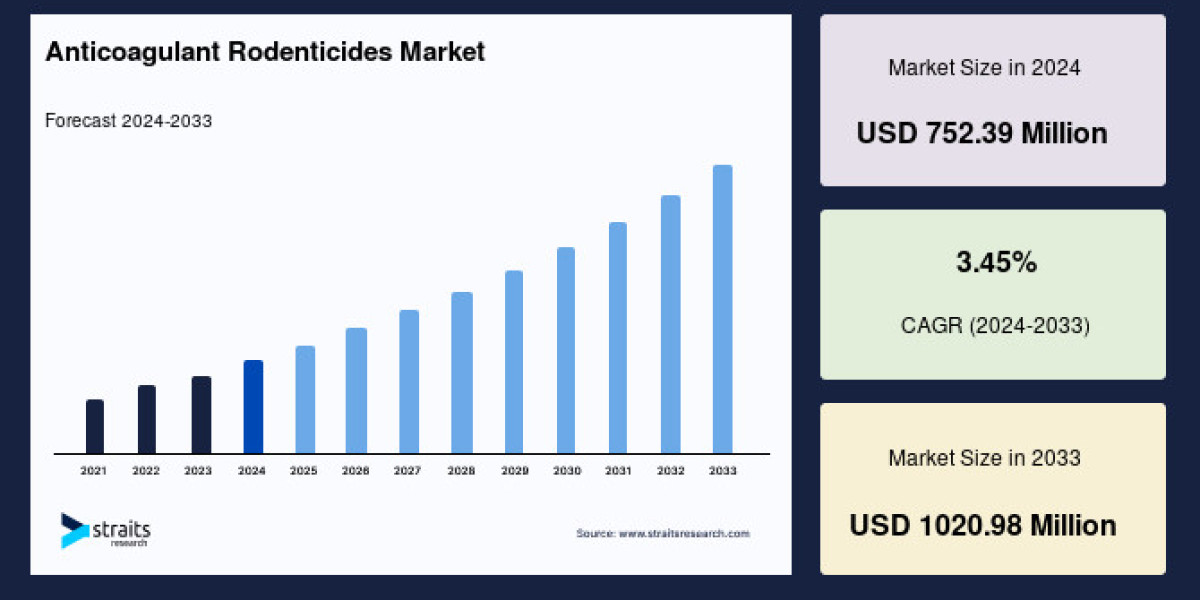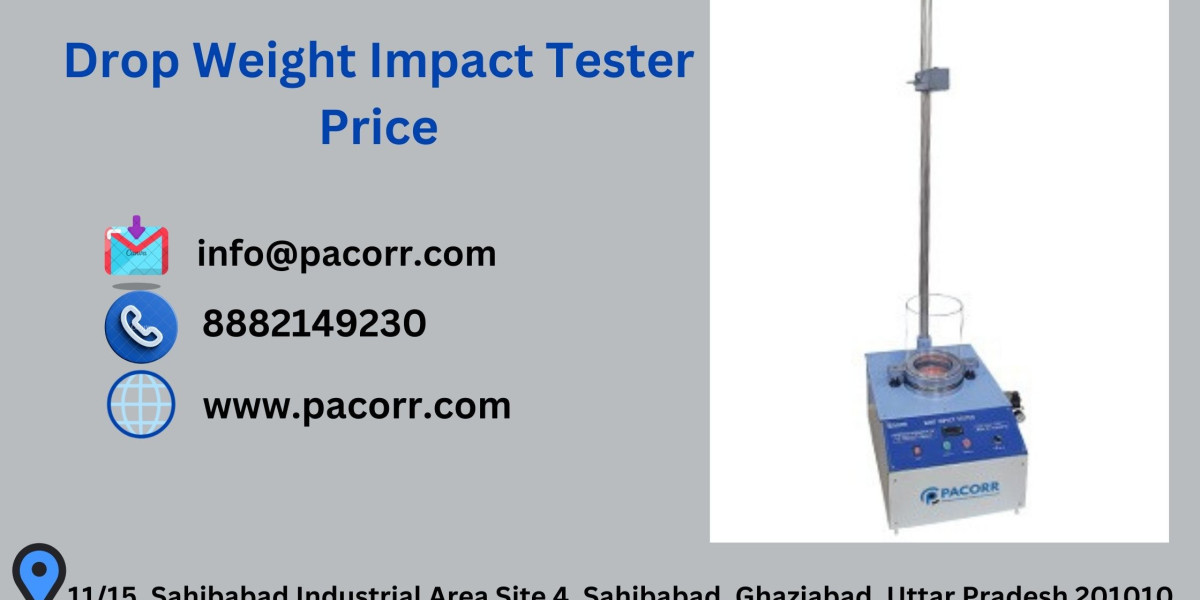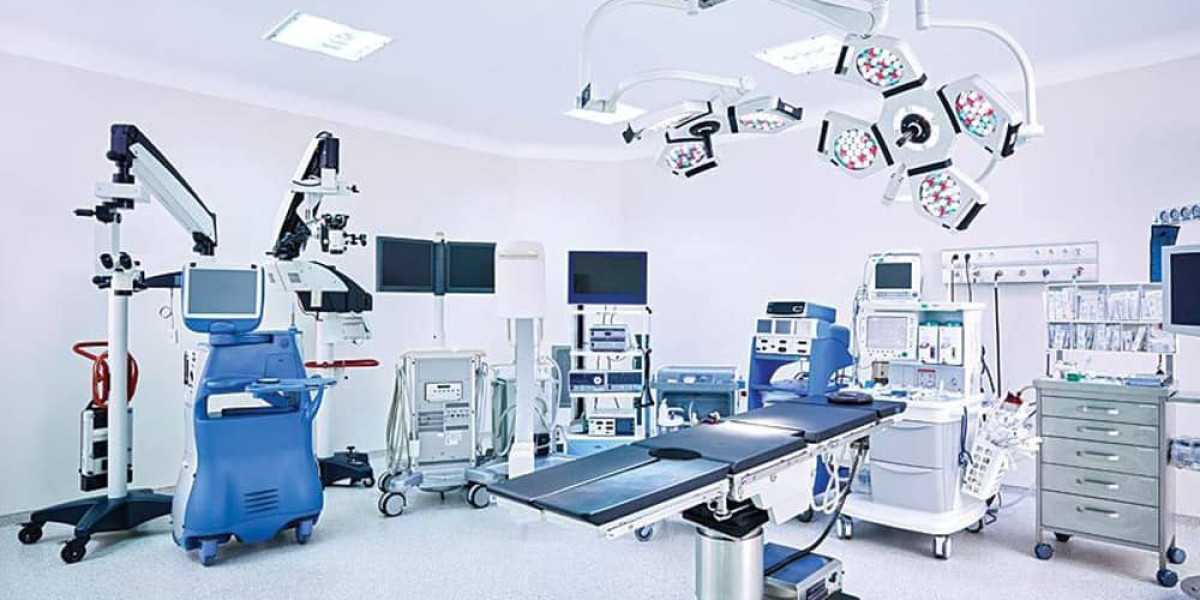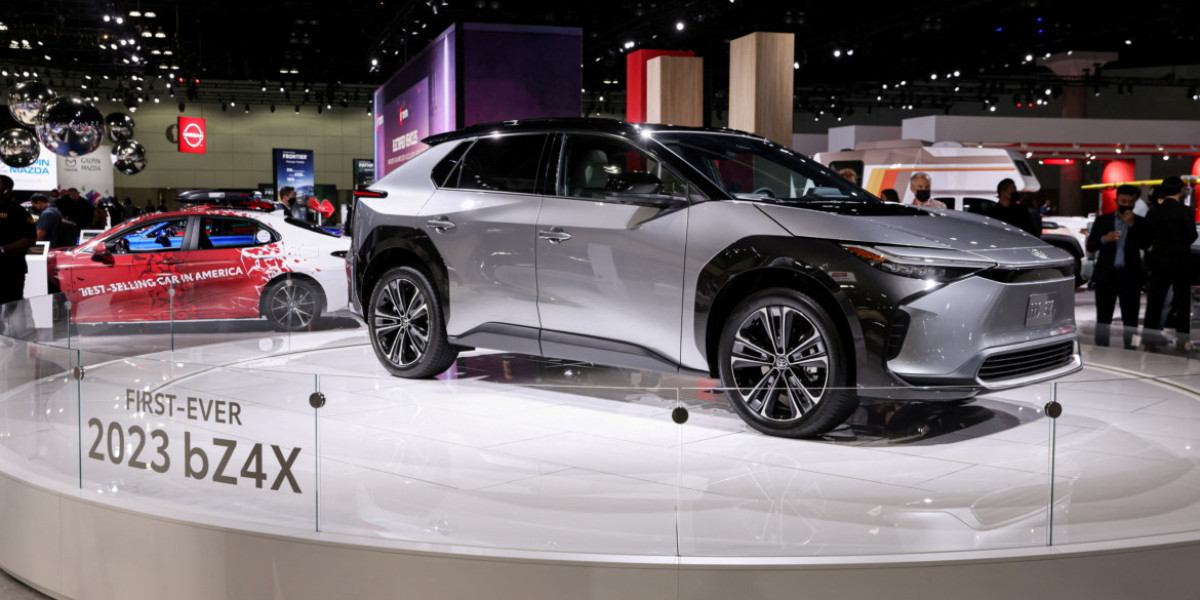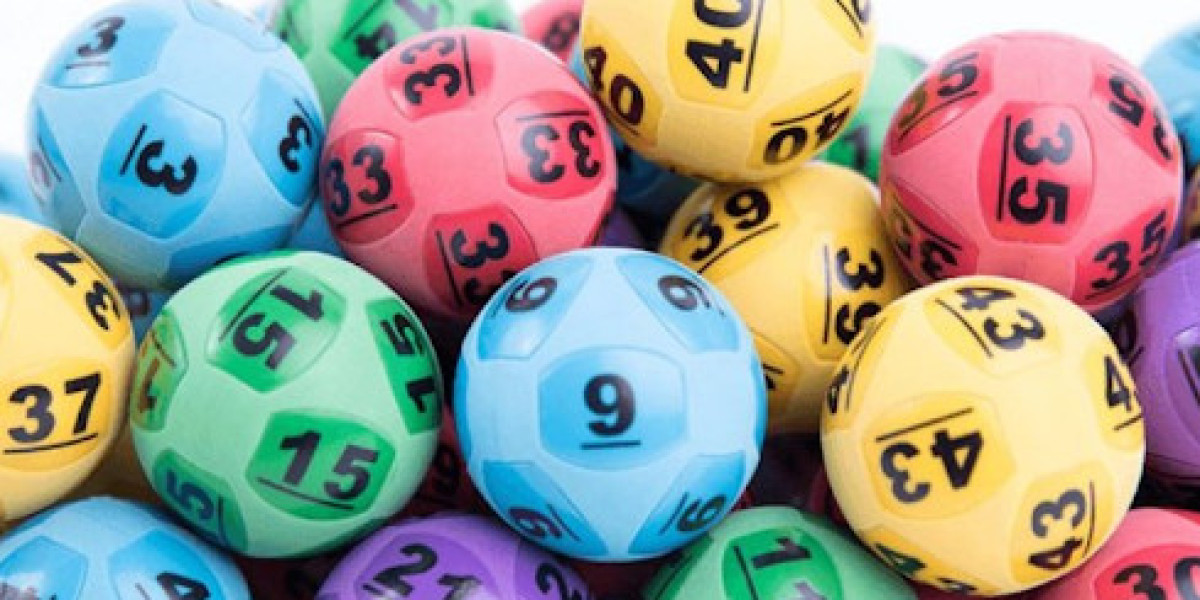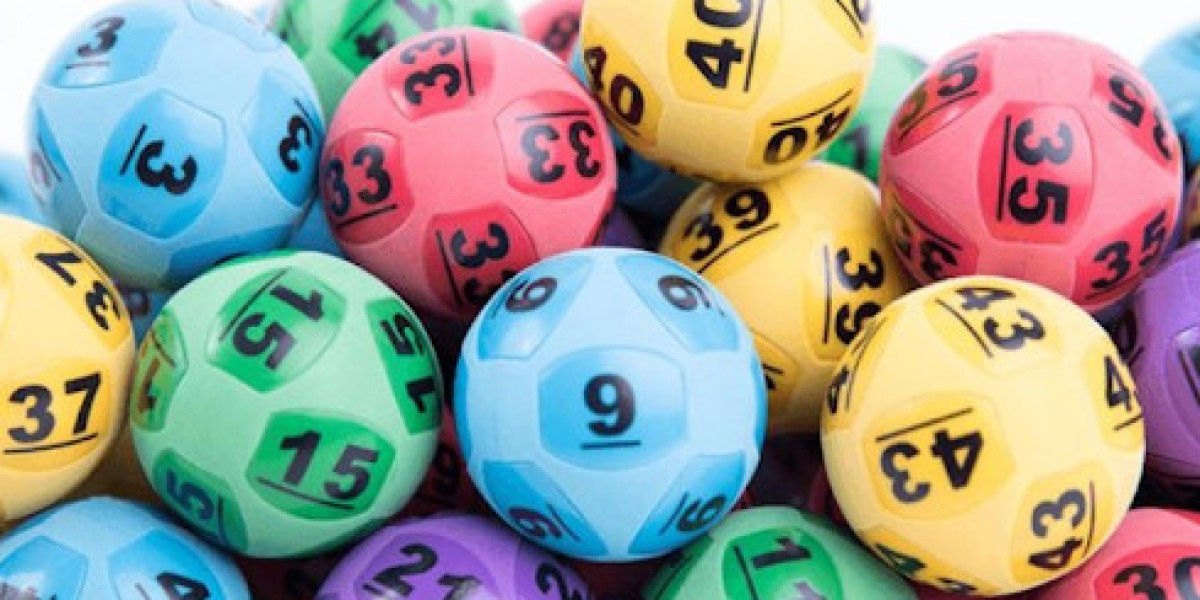The global Anticoagulant Rodenticides Market was valued at USD 752.39 million in 2024 and is projected to expand from USD 778.34 million in 2025 to USD 1020.98 million by 2033, registering a compound annual growth rate (CAGR) of 3.45% during the forecast period. Anticoagulant rodenticides (ARs) are widely utilized for controlling rodent populations, such as house mice, Norway rats, and black rats, in both agricultural and urban settings. These rodenticides play a crucial role in protecting crops, stored goods, and infrastructure while preventing the spread of rodent-borne diseases.
Market Scope and Research Methodology
This study examines the global anticoagulant rodenticides market, analyzing key drivers, restraints, opportunities, and challenges affecting its growth. The research methodology includes a combination of primary and secondary data sources, including industry reports, company financials, and expert opinions. Various factors such as regional trends, regulatory frameworks, and technological advancements have been considered to present a comprehensive market analysis.
Get Free Sample Report for Detailed Market Insights : https://straitsresearch.com/report/anticoagulant-rodenticides-market/request-sample
Growth Drivers
The market is witnessing the introduction of third-generation anticoagulant rodenticides to address concerns regarding the prolonged persistence and toxicity of second-generation products. While second-generation anticoagulants remain widely used due to their effectiveness against warfarin-resistant rodents, the demand for safer alternatives is growing. Manufacturers are investing in non-toxic and eco-friendly rodenticides to minimize risks to non-target species and human health.
Rats and mice are known carriers of over 60 infectious diseases, including plague, typhus, and Hantavirus. The increasing awareness of the health risks associated with rodent infestations has fueled the adoption of integrated pest management (IPM) approaches, which combine chemical, biological, and mechanical control methods. This holistic approach to rodent control is expected to drive the demand for anticoagulant rodenticides in the coming years.
Market Segmentation
By Product Type
First-Generation Anticoagulants – These require multiple doses and are considered less toxic to non-target species.
Second-Generation Anticoagulants – These are single-dose rodenticides with higher toxicity, leading to a greater risk of secondary poisoning.
By Form
Pellets – Effective against rodents due to their palatability and long-lasting efficacy.
Blocks – Preferred for outdoor applications as they withstand harsh environmental conditions.
Powder and Sprays – Used for specific infestations but less popular due to potential air contamination risks.
Purchase the full report here : https://straitsresearch.com/report/anticoagulant-rodenticides-market/request-sample
Regional Insights
North America: The Leading Market
With a market share of 31.51% in 2021, North America dominates the global anticoagulant rodenticides market. The region's high demand is attributed to stringent hygiene regulations, increased awareness regarding rodent-borne diseases, and rising infestations in major cities such as New York, Los Angeles, and Chicago. Additionally, regulatory frameworks in the United States classify anticoagulant rodenticides into first-generation, second-generation, and acute rodenticides based on toxicity and effectiveness.
Europe: Fastest Growing Market
Europe is experiencing rapid growth in the rodenticides sector due to strict pest control regulations and the increasing adoption of eco-friendly pest management solutions. The European Union has imposed limitations on the use of certain rodenticides, leading to an increased demand for professional pest control services.
Key Players in the Anticoagulant Rodenticides Market
- Bayer AG (Germany)
- BASF SE (Germany)
- Syngenta (Switzerland)
- UPL (India)
- Rentokil Initial PLC (UK)
Market Opportunities
Government initiatives aimed at controlling rodent populations and promoting public health are expected to boost market demand. Organizations such as the Environmental Protection Agency (EPA) and the Centers for Disease Control and Prevention (CDC) are actively working to educate the public on effective rodent control measures. These efforts, along with growing investments in research and development, are likely to create lucrative opportunities in the global anticoagulant rodenticides market.
Conclusion
The global anticoagulant rodenticides market is set to experience steady growth driven by increasing rodent infestations, rising awareness of public health risks, and advancements in pest control solutions. While regulatory challenges and the shift towards mechanical control methods may pose obstacles, ongoing innovations in environmentally friendly rodenticides will ensure sustained market expansion.
